| Model: | MOS 6998-60-3 |
| Place of Origin: | Zhejiang,China (Mainland) |
| Name: | RIFAMYCIN SV |
| CAS: | 6998-60-3 |
| Molecular Formula: | C37H47NO12 |
| Brand: | MOSINTER |
| Content: | 98%min |
| Molecular Weight: | 697.77 |
| Synonyms 1: | Rifaximin EP Impurity C |
| Synonyms 2: | 17,19,21-hexahydroxy-23-methoxy-2,4,12,16,18,20,22-heptamethyl-21-acetate |
- Have any questions?
- +86-189 8930 5995
- sales@mosinterchem.com.cn
RIFAMYCIN SV CAS 6998-60-3

Streptomycin sulfate CAS 3810-74-0
05/12/2018
CAS 9002-72-6
05/12/2018RIFAMYCIN SV CAS 6998-60-3 Rifaximin EP Impurity C
Rifamycin sodium salt
A class of antibiotics produced by the Mediterranean strand. There is a strong
antibacterial effect on gram-positive coccus and tuberculosis bacillus, and the
effect of staphylococcus aureus is strong, but the effect on gram-negative
bacteria is weaker. No cross resistance was found with other class antibiotics
or anti-tuberculosis medicine.
The rifamycins are a group of antibiotics that are synthesized either naturally by
the bacterium Amycolatopsis rifamycinica or artificially. They are a subclass of
the larger family ofansamycins. Rifamycins are particularly effective against
mycobacteria, and are therefore used to treat tuberculosis, leprosy, and mycobacterium
avium complex (MAC) infections.
The rifamycin group includes the “classic” rifamycin medicine as well as the
rifamycin derivatives rifampicin (or rifampin), rifabutin, rifapentine, rifalazil and rifaximin.
Rifamycins have been used for the treatment of many diseases, the most important
one being HIV-related tuberculosis. A systematic review of clinical trials on alternative
regimens for prevention of active tuberculosis in HIV-negative individuals with latent TB
found that a weekly, directly observed regimen of rifapentine with isoniazid for three months
was as effective as a daily, self-administered regimen of isoniazid for nine months. But the
rifapentine-isoniazid regimen had higher rates of treatment completion and lower rates of
hepatotoxicity. However, the rate of treatment-limiting adverse events was higher in the
rifapentine-isoniazid regimen.
The rifamycins have a unique mechanism of action, selectively inhibiting bacterial
DNA-dependent RNA polymerase, and show no cross-resistance with other antibiotics in
clinical use. However, despite their activity against bacteria resistant to other antibiotics,
the rifamycins themselves suffer from a rather high frequency of resistance. Because of this
Rifampin, and other rifamycins, are typically used in combination with other antibacterial
medicine. This is routinely practiced in TB therapy and serves to prevent the formation of
mutants that are resistant to any of the medicinemedicine
The antibacterial activity of rifamycins relies on the inhibition of bacterial DNA-dependent
RNA synthesis.This is due to the high affinity of rifamycins for the prokaryotic RNA polymerase.
The selectivity of the rifamycins depends on the fact that they have a very poor affinity for the
analogous mammalian enzyme. Crystal structure data of the antibiotic bound to RNA polymerase
indicates that rifamycin blocks synthesis by causing strong steric clashes with the growing
oligonucleotide (“steric-occlusion” mechanism). If rifamycin binds the polymerase after the chain
extension process has started, no inhibition is observed on the biosynthesis, consistent with a
steric-occlusion mechanism. Single step high level resistance to the rifamycins occurs as the result
of a single amino acid change in the bacterial DNA dependent RNA polymerase.
You must be logged in to post a review.

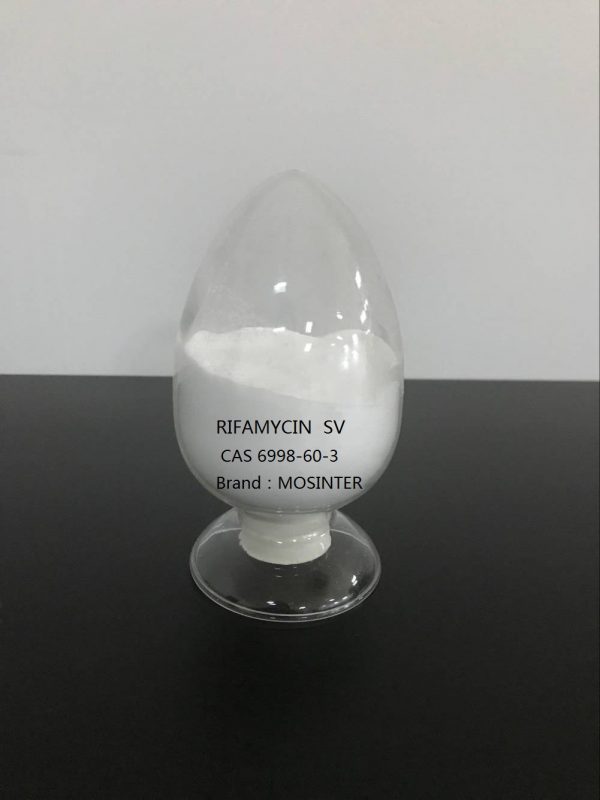
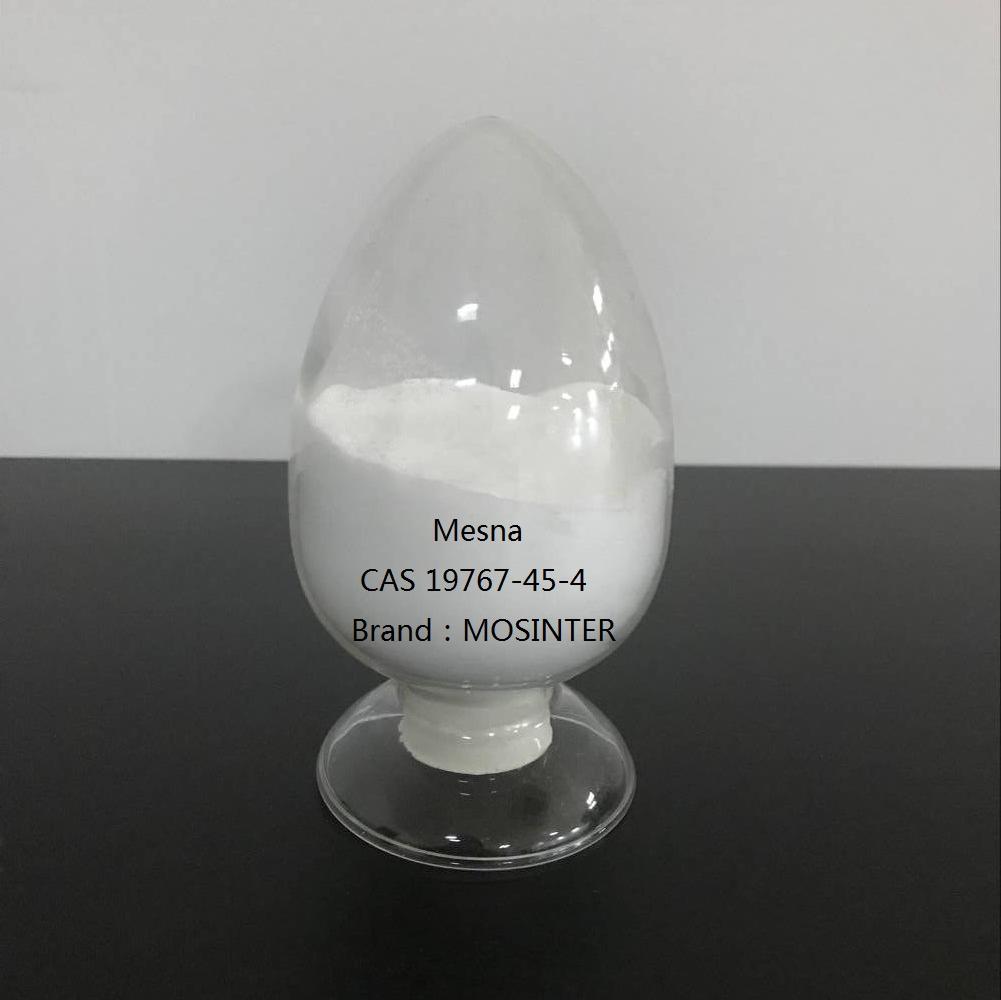
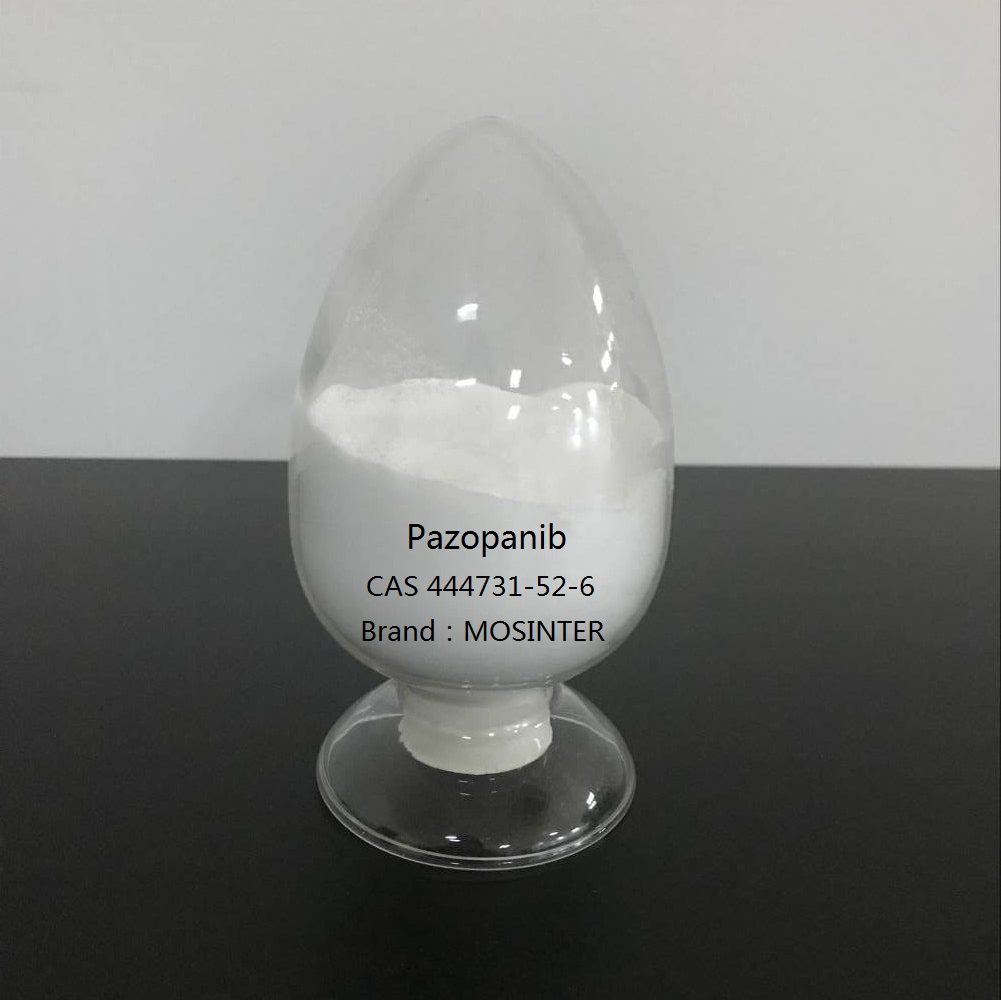
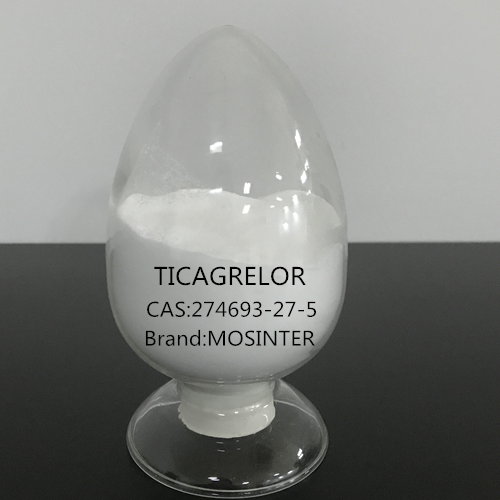
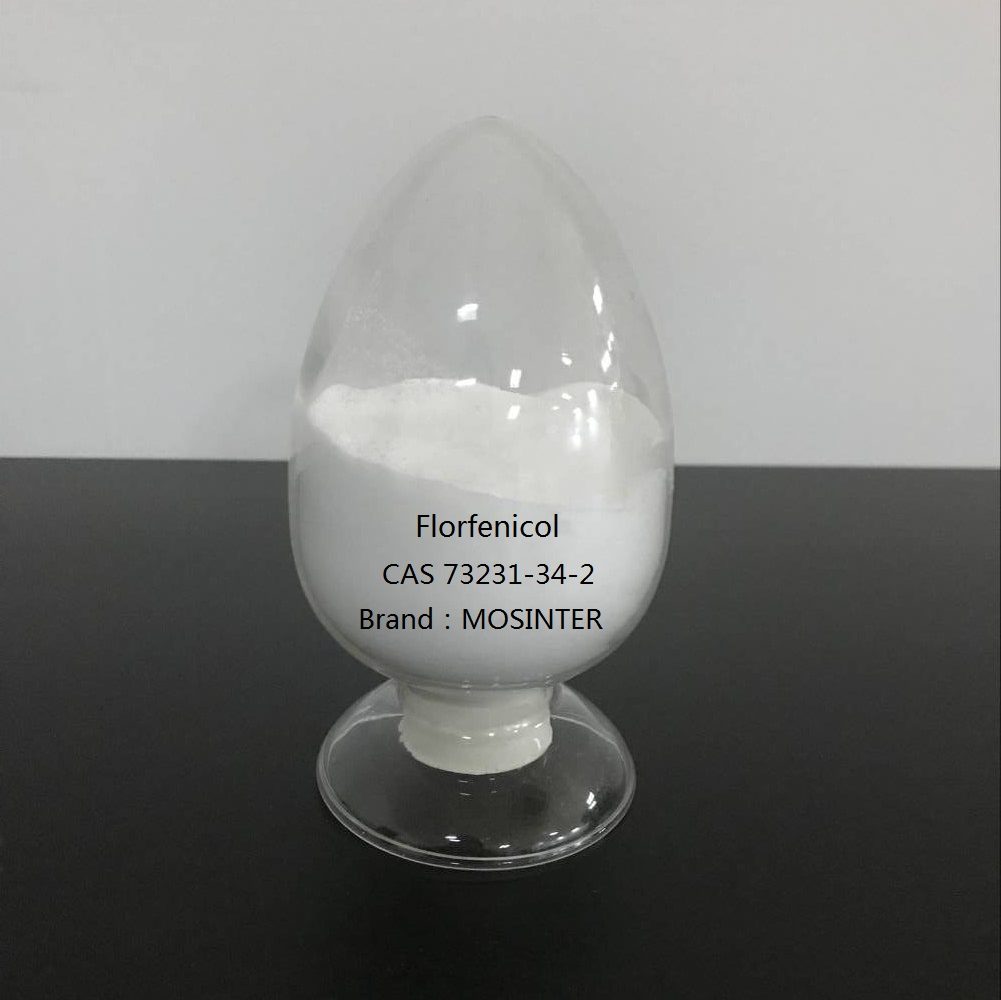
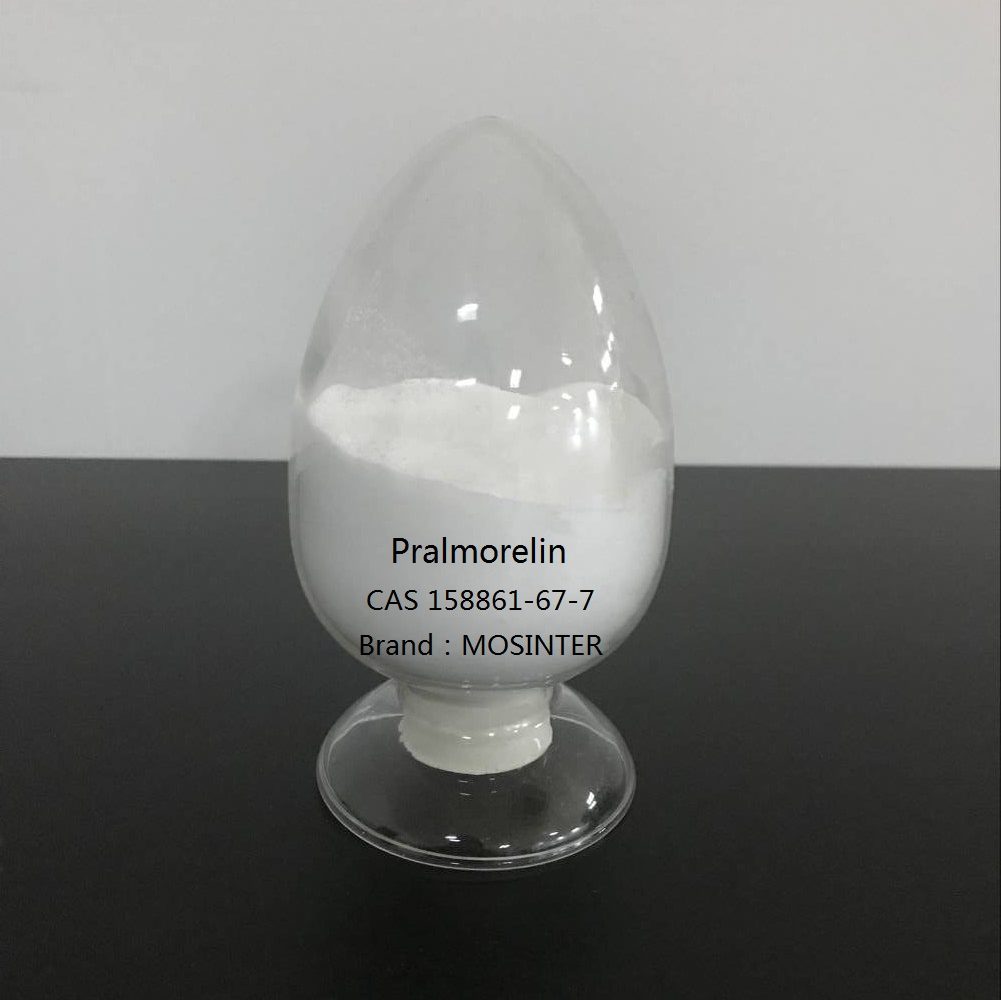
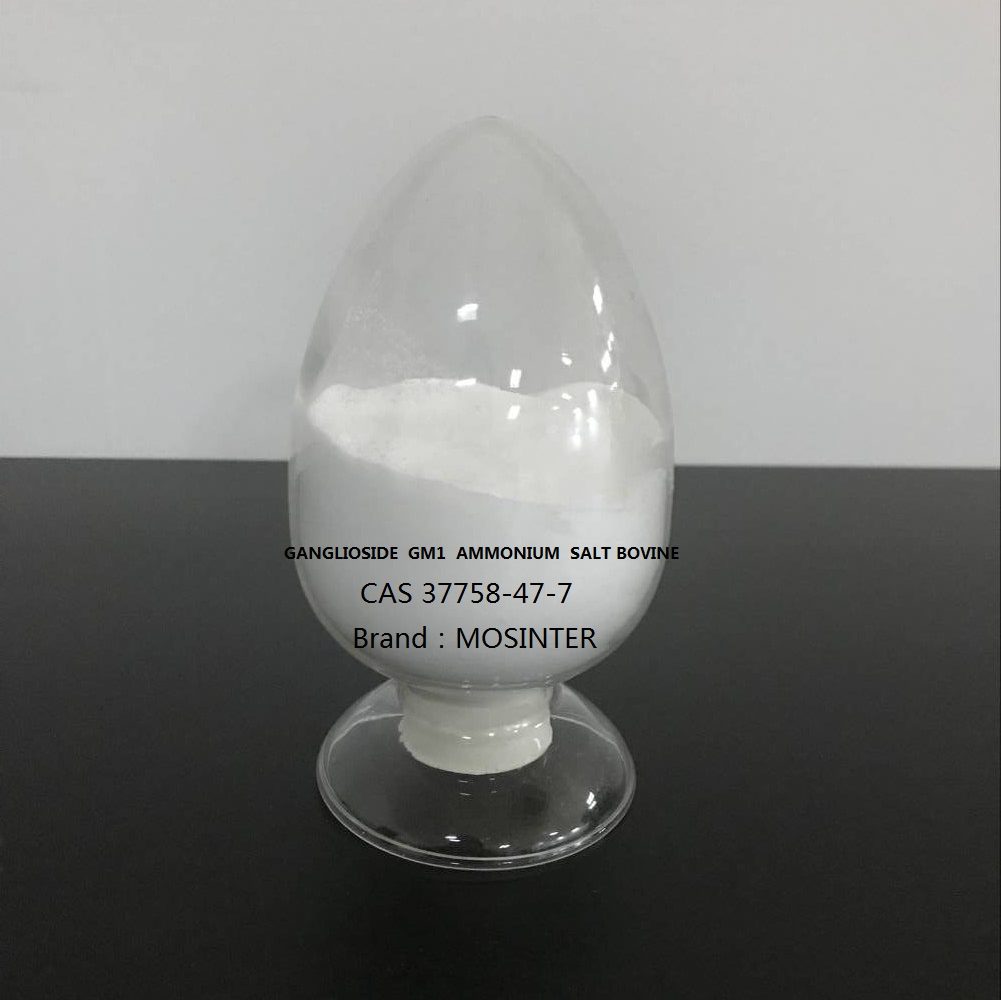
Reviews
There are no reviews yet.